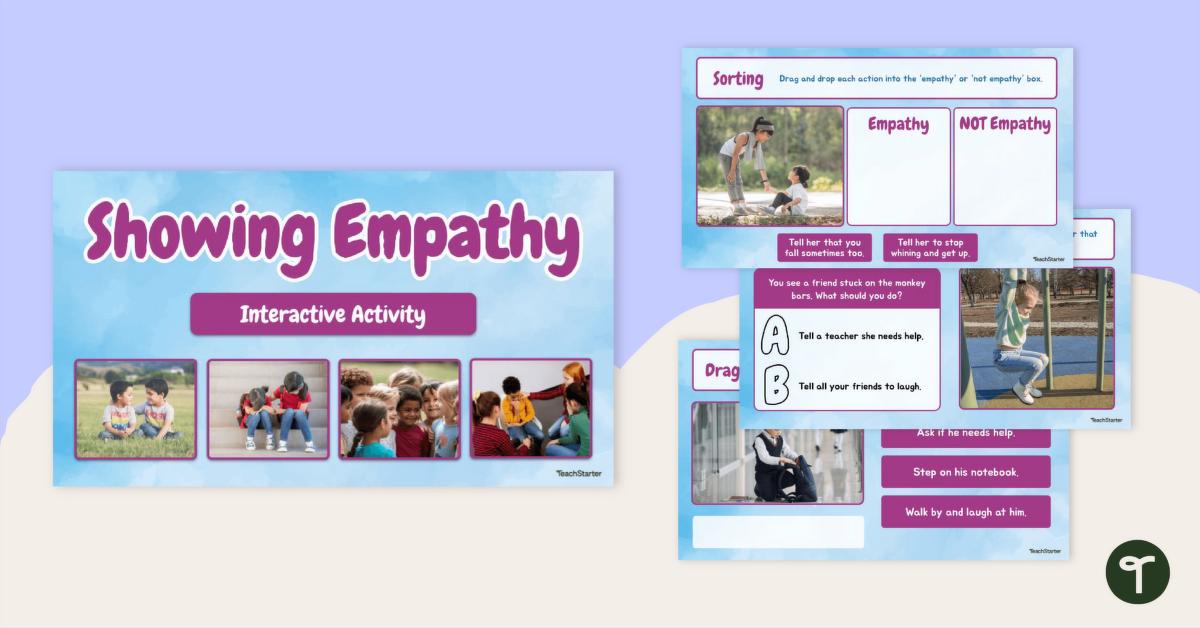Data Encryption: The Guardian of Information
In a world where data is as precious as gold, underlining its significance is data encryption, the digital equivalent of Fort Knox. As cyber threats loom like shadowy figures in a noir film, encryption stands watch, scrambling your sensitive information into a code that’s more secretive than a magician’s trick. Without it, your data might as well be written on a billboard for the whole internet to see.
- Symmetric and Asymmetric Encryption: Think of these as two intertwined dancers, each with its unique rhythm and style. One key, one dance (symmetric), or two keys doing a waltz (asymmetric).
- SSL Certificates: These are the fancy seals of approval that let you know your data is safe while it's sashaying across the internet.
Ethical Hacking: The White-Hat Heroes
Imagine a world where hackers are less like a cat burglar and more like a knight in shining armor. Underlining makes them the white-hat hackers, who use their skills to expose vulnerabilities instead of exploiting them. They conduct penetration tests and vulnerability assessments to help organizations patch up their defenses against rogue hackers. It's not just about breaking in; it's about building a sturdier door.
- Certified Ethical Hacker (CEH): With a badge that says, “I mean well,” these professionals take the moral high ground.
- Bug Bounty Programs: Companies like Google and Facebook offer rewards for hackers who find glitches in their systems—akin to finding hidden treasures!
Cloud Computing: The Sky’s Not the Limit
Cloud computing is a bit like that magic carpet from fairytales—offering endless opportunities while letting users soar above traditional infrastructure constraints. With cloud services, businesses can access resources on-demand, much like ordering a coffee with a side of artificial intelligence.
- SaaS, PaaS, IaaS: These acronyms roll off the tongue like a tech buffet—Software as a Service, Platform as a Service, and Infrastructure as a Service. Each one serving a unique tech appetite.
- Scalability and Flexibility: Need more bread? Just stretch the cloud a little—no need for a new oven!
Continuous Deployment: The Agile Advantage
Imagine if you could release updates to your software faster than a cat video goes viral. Welcome to continuous deployment, where changes are dispatched in small increments. This encourages a streamlined feedback loop, allowing teams to be as agile as gymnasts in a competition.
- Automation: Tools like Jenkins and GitLab CI/CD make deployment as easy as sending an email.
- Rapid Iteration: The key is getting features out there, gathering user feedback, and refining continuously.
Data Warehousing: The Repository of Dreams
Data warehousing resembles a high-tech archive where all your past data dreams are cataloged and analyzed. It serves as the backbone for decision-making, offering insights that once were hidden beneath mountains of raw data.
- ETL Process: Extract, Transform, Load—this triad is the Holy Trinity of data warehousing, taking raw data and turning it into polished insights.
- Business Intelligence (BI): Tools like Tableau and Power BI are the crystal balls for executives, allowing them to predict trends and make informed decisions.
Microservices: The Small Giants of Software Architecture
Microservices architecture is akin to a well-choreographed team dance, where each performer plays a role that contributes to the overall performance but can dazzle by themselves if need be. These independently deployable services work together, enabling faster, scalable applications.
- Autonomy: Teams can work independently on their components without waiting in long queues at the CI/CD train station.
- Resilience: If one microservice stumbles, the others can still leap gracefully onward.
Containerization: The Suite Life of Applications
If applications were vacation packages, containerization would be their stylish luggage—compact, portable, and ready for adventure. Containers allow developers to package applications with all their dependencies into one lightweight unit for seamless deployment, reducing the “it works on my machine” dilemma.
- Docker: The rock star of the container world—broadly used for its efficiency and ease of use.
- Kubernetes: This orchestration tool automatically manages and scales containerized applications, much like a conductor harmonizing an orchestra.
API Development: The Language of Interaction
APIs (Application Programming Interfaces) act as the connective tissue, allowing different software components to interact and dance together in harmony. They’re the unsung heroes of modern development, enabling everything from social...






